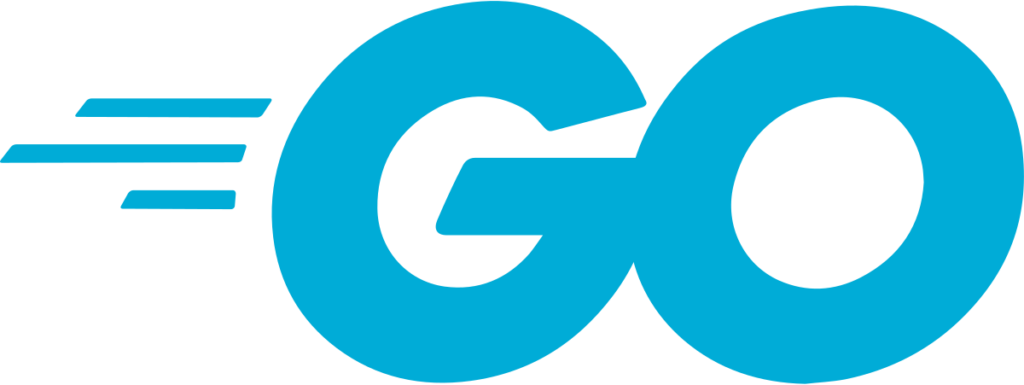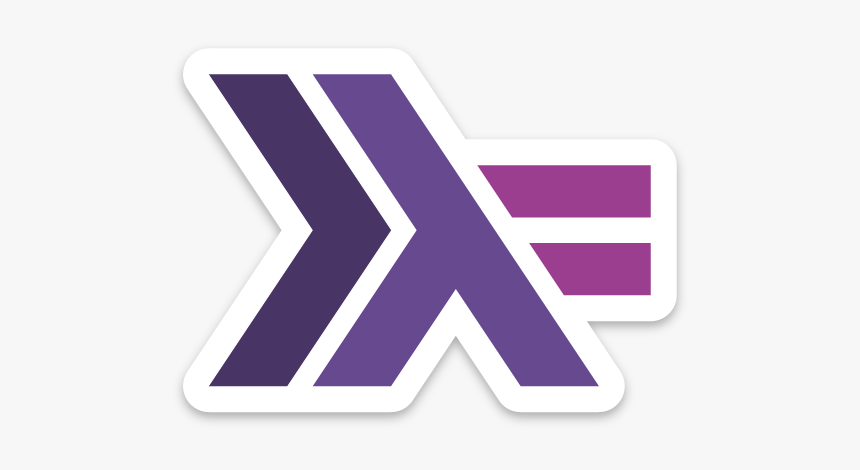List of 10 Programming Languages to Create Smart Contracts
Cryptocurrencies made it possible for a computer code to become money before the cryptos. We used computers only to store money.
Today cryptocurrencies opened up new possibilities by allowing developers to create or add new features or opportunities using Smart Contracts.
What Are Smart Contracts?
A smart contract is nothing but a contract that is written in code.
Even a cryptocurrency transaction is a code that executes when recipients receive the amount.
This encouraged many aspiring coders to code many complex financial transactions on the blockchain, such as, for example, car loans. The smart contract for a car loan is responsible for transferring the ownership to the borrower when the borrower successfully paid every EMI.
But the problem with cryptos is that a cryptocurrency blockchain supports only specific coding languages, and most crypto blockchains have their own languages executable.
Here is a list of some of those coding languages that are used to create a smart contract.
List of Programming Languages to Create Smart Contracts.
1. Solidity.

Solidity is a high-level object-oriented programming language developed by Christian Reitwiessner, Alex Beregszaszi, and several former Ethereum core contributors.
The language is developed to create various applications on Ethereum Virtual Machine (EVM) running on the Ethereum blockchain.
Solidity inherits many similarities from C++ and JavaScript. So if you know both languages, you can easily create smart contracts on Ethereum.
Smart Contracts using Solidity are created for use cases like:
- Voting.
- Multi-signature wallets.
- Blind auctions.
- Crowdfunding.
Not only these purposes, Solidities’ extensive code library, and enormous developers’ community make it simple for new programmers to get help when confused.
Today many platforms use Solidity:
- Ethereum.
- Ethereum Classic.
- Avalanche.
- Zhcash.
- Tron.
- Polkadot.
- Uniswap.
- Binance Smart Chain.
- Hedera Hashgraph.
Pros.
Enormous support from the developers and code library. Also, has video / written tutorials and Stack Overflow Q&As.
Lots of tools available, like Truffle & Hardhat, provide an easy-to-use development environment and testing framework to develop applications.
Standards like ERC20 or ERC721 are well defined for building specific applications.
Cons.
Solidity is a new language, so the developers have less experience with it, which leads to a higher probability of bugs.
There are significant syntax differences in different versions of Solidity, making codes written in earlier versions harder to be reused.
It is a new language, so some security pitfalls are yet to be discovered.
2. Vyper.

Vyper is the contract-oriented pythonic programming language targeting Ethereum Virtual Machine (EVM).
Don’t get confused. Vyper is not here to replace Solidity. Instead, it compliments Solidity.
Compliment in a way like:
Security.
Vyper is less prone to many attacks making it one of the most effective programming languages for creating smart contracts.
Simplicity.
Vyper is a pythonic language inheriting all the python traits meaning it is easy to code as plain English, and compiler implementations are simple and easy to understand.
Auditability.
The language is in a simpler human-readable form. So ensuring that it is highly difficult to write any malignant code. Plus, Vyper is easy for the reader, which is more important than for the writer because simplicity for readers means with any prior experience with Vyper (and low prior experience with programming in general) can understand the code and identify the problems.
Vyper is used by the:
- Uniswap V1.
- Ethereum.
- Polkadot.
Pros.
Programs written in the Vyper will have the predictable output, whereas programs on the Solidity do not have the predictable output until it is deployed and executed.
Vyper syntax is similar to python. So it is simpler, easier, and more secure.
Cons.
In Vyper, anything marked as Constant cannot be changed or is not allowed to change state.
Does not have enormous support from the developers nor have any large code libraries backing up.
3. GO.

Go is often known as Golang developed by Google back in 2009 and modeled after C.
Go is famous among the blockchain community for its easy and readable syntax and fast compilation time.
A strong community backing up and having the code library makes it easy to learn and understand. Also, it is a single language that enables simultaneous programming, which is highly beneficial for many teams.
Golang is supported by:
- Ethereum.
- FLETA.
- HyperLedger Fabrics.
Pros.
Easy to understand, learn, and implement.
Easy to maintain in the long run.
Because of the fast compiling time, Go is suitable for high-performing programs and distributed ecosystems.
A strong community and has a rich standard library. Developers don’t have to import or learn complicated secondary libraries.
Cons.
Does not support object-oriented programming.
Go is a decade-old language, and there is no one dominating framework, such as Rails for Ruby or Django for Python.
It lacks supporting generic functions that severely limit code reusability and decrease efficiency during development.
4. Rust.

Rust is a multi-paradigm programming language having a community backing up and a code library, even crowned as the most beloved programming language by Stack Overflow Surveys.
The language offers many tools in that the compiler makes most developers’ jobs easy by enforcing memory safety—that is, that all references point to valid memory—without requiring the use of a garbage collector or reference counting present in other memory-safe languages.
And the language enables productive collaborative work for project teams, also open source for developers who want to contribute to the protocol.
Platforms Support Rust:
- Bitcoin Cash.
- Fuel.
- OpenEthereum.
- Zero-chain.
- Polkadot.
Pros.
Creating smart contracts using Rust is easy because Bugs (except logical ones) can be eliminated during the program’s compilation.
Rust is a language that is very predictable, so it is suitable to build decentralized applications and smart contracts.
It can be executed on embedded systems.
Cons.
Despite having code libraries and community backing up. The language syntax is more complicated to learn, write, and read.
There are only a few examples of Rust smart contracts.
5. Yul.
Yul is an intermediary language designed to be a common denominator for EVM 1.0, EVM 1.5, and Ewasm.
The language is used in the backend based on different needs by compiling the higher level constructs to bytecode.
Yul does not have any built-in operations, functions, or types in its pure form. Even though codes from Yul are obtained by a compiler from Solidity, it’s still simple and readable by humans.
However, it is possible to use Yul as the stand-alone mode using the Solidity compiler. There is also an experimental implementation of the Solidity compiler that uses Yul as an intermediate language.
Pros.
Yul is an easy-to-understand and humanly readable language without built-in functions, operations, or types.
Yul offers high-level constructs such as for loops, function calls, and if and switch statements. Although explicitly tailored for stack machines, Yul does not bring out the complexity of the stack.
Yul is a beginner friendly language because it is flexible and simple and also helps in avoiding confusion among concepts such as references and values.
Cons.
Deploying the smart contracts using Yul requires more time than the other languages because codes from Yul have to be compiled to bytecode which requires plenty of time to complete.
6. Clarity.
Clarity is a new open-source programming language that was created back in 2020.
Clarity is used for creating smart contracts on stack 2.0. Stack 2.0 connects clarity smart contracts to Bitcoin, making it possible for smart contracts to operate based on actions seen on the Bitcoin blockchain.
The language doesn’t have any compiler, so contracts written in Clarity are broadcasted on the blockchain exactly as they are written. And it is a decidable language, meaning it uses precise and unambiguous syntax that allows developers to predict exactly how their contracts will be executed.
The Clarity Project is Supported by:
- Stacks ecosystem.
- Hiro PBC.
- Algorand.
- Bitcoin.
Pros.
Developers can write readable code that works with the Bitcoin blockchain.
Clarity is secure, allowing users to supply their conditions for transactions that ensure that a contract may never unexpectedly transfer a token owned by a user. And at the same time, it’s predictable and with no compiler language.
Once you master the parentheses, the syntax is easy to learn, write, and read.
Cons.
It is a new language, so there are only a few tutorials and examples. Also, it takes time for the language to prove itself to be secure and not error-prone.
The blockchain it supports is Stacks, Algorand and Hiro PBC. Therefore smart contract code cannot be ported to other existing blockchains.
Design is intentionally constrained, making it more difficult to create smart contracts.
7. Haskell.

Haskell is a purely functional and statically typed programming language.
Functional programming languages like Haskell skip the evaluation of arguments in the function, plus it is superb for writing specifications that can be executed and also easier to maintain.
Haskell supports polymorphism. For example, the code not only supports integers but also floating-point numbers, lists of characters, List of lists, etc.
List of Blockchains using Haskell:
Cardano.
Pros.
Easier to understand, shorter, cleaner, and more maintainable code.
In a statically typed language, variable types are known at a compile time which helps programmers in identifying errors in compile time. It helps to decrease the complexity of large-scale programs.
Cons.
Functional programs are generally easy to understand, but their implementation is difficult. So not a lot of developers are experienced with functional programming.
Only a few blockchains adopted Haskell as their smart contract language, meaning that there are few references for developing Haskell smart contracts.
8. Move.

Move is an executable bytecode language developed by Meta AKA Facebook, for its own crypto blockchain Diem, which was unfortunately discontinued. But the language was adopted by Aptos, a blockchain L1 solution.
Bytecode language is used to implement custom transactions and smart contracts. The key feature of Move is the ability to define custom resource types. A resource can never be copied or implicitly discarded, only moved between program storage locations.
As an executable bytecode language, instead of a compiler, Move uses a bytecode verifier and a bytecode interpreter, which makes it free from possible failures or attacks in compilers.
List of Blockchains Using Move:
Aptos.
Pros.
In Move, each asset has native scarcity(total supply) and access control properties.
Move modules contain code values, and resources contain data values.
Move introduces the concept of “transaction script”, which allows one-off behaviors (paying a specific set of recipients) and reusable behaviors, meaning invoking a single procedure that encapsulates a reusable logic, while other smart contract languages only allow reusable behaviors.
Cons.
Move is a new language still under development. Many tools developed by Pontem is a product development studio working closely with Aptos.
Move is an interpreted language where each line needs to be evaluated at run time. The performance is not as good as in compiled languages.
Move does not have string type or floating point numbers.
Only a few tutorials and examples are available to start using the Move.
9. Motoko.

Motoko is a statically typed language facilitating type interference compiler.
Dfinity is a non-profit organization. Which is behind the development of the Motoko language for their The Internet Computer, a public blockchain platform that is based on a network of sub-blockchains governed by an ownerless master blockchain.
The blockchain is backed by the ICP coin. This coin allows the Internet Computer to cover the network computation and system governance costs.
On the public blockchain, Dfinity uses WebAssembly (WASM) virtual machine format to create high-quality smart contracts.
Motoko is the language used in the TIC blockchain that provides native support for the Internet Computer canisters (smart contracts), sequential style, simple modern coding style, and multiple features to help you leverage orthogonal persistence.
Pros.
Motoko removes elements such as garbage collection (GC), communication through message passing, and memory management, among others.
Built-in support for orthogonal persistence.
Motoko provides concurrency primitives, data type lists, and sets of abstractions so programmers can create powerful software applications.
Cons.
Motoko is in its infancy, there is a lack of examples, and a developer community exists.
10. Michelson.
Michelson is the programming language built for writing smart contracts on the Tezos blockchain.
The language is stack-based, statically typed, with strict type checking.
A Michelson program is a series of instructions that are run in sequence: each instruction receives as input the stack resulting from the previous instruction and rewrites it for the next one. The stack contains both immediate values and heap-allocated structures. All values are immutable, and garbage is collected.
Blockchain supporting Michelson:
Tezos.
Pros.
No smart contract execution can fail because instruction has been executed on a stack of unexpected lengths or contents.
High-level programming called Liquidity can be written and compiled into the Michelson programming language.
Cons.
Michelson does not contain features such as polymorphism, closures, or named functions.
Tezos is not a popular blockchain to create smart contracts, so it is hard to find a strong developer community and code library.
Conclusion.
These are 10 languages you can start learning to build smart contracts on the different/same blockchains.
Here I’m not mentioning popular and widely used languages like Python, C++, Java, or JavaScript.
Above all the languages built to serve only one purpose is building a smart contract on the blockchain. And yes, some inherited codes of popular languages, but the purpose is clear.
